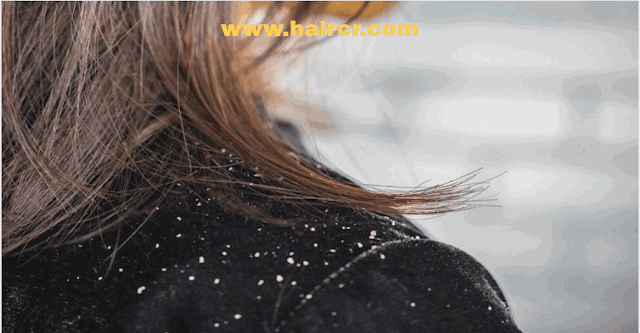Treatment Of Bad Dandruff In Hair
Dandruff is a scalp disorder that involves excessive flaking of the skin near the hair. Dandruff in hair begins to develop at puberty and worsens, reaching its maximum expression, around the age of 20. The incidence of this problem decreases in people as they get older, the reason is that its appearance is linked to hormonal activity.
What symptoms does it present?
The main symptoms of dandruff in hair are:
- The appearance of plaques or scales on the hair leather and white particles.
- Dirty hair.
- Dermatitis.
- Seborrhea.
- Redness and itchiness of the leather hair.
Causes of dandruff in hair or why it occurs
Sometimes it can be associated with other skin problems of the scalp, such as seborrhea or psoriasis. It can appear as a manifestation of seborrheic dermatitis, which is a chronic inflammation of the skin that causes redness and the appearance of scales in the affected area. Other causes can be:
- Follow a diet not rich in natural foods.
- Using chemicals that are too harsh for the hair
- Environmental factors, such as long stays in places with low humidity.
- Psychological causes, such as stress or personal distress.
Types of dandruff
There are two types of pityriasis:
- Dry dandruff or simple pityriasis: white, fine and dry scales are shown. When a person with dandruff scratches their head, they break off the skin and spread through the rest of the scalp.
- Dandruff or fat pityriasis: this is located in areas where there is more sebum, for example, on the forehead or neck. Pityriasis is larger, with a yellowish color due to the fat, and plaques can form. This type causes redness of the skin in those affected.
Can dandruff be prevented?
Dandruff can sometimes be avoided. It is important not to mistreat the hair with aggressive products as well as to reduce the use of fixing gels and waxes, among others, to the maximum. It is important to use lukewarm water when washing your hair and brushing it regularly.
Recommendations to prevent and control dandruff in hair
Measures such as the following can help prevent or control dandruff:
1. Wash your hair daily with shampoo.
When you do, lather your hair, rinse it, lather it again, and massage gently to loosen the scales. Don't scrub too vigorously and use your fingertips, never your nails, to avoid damaging your scalp.
2. Strictly follow the instructions for use of the product.
Read them carefully and follow them scrupulously, as they change from one product to another. For example, some of them need to be left on for several minutes, while others need to be rinsed off quickly. If you have doubts, consult your pharmacist.
3. Alternate anti-dandruff shampoos with mild ones.
This combination usually helps improve the problem.
4. After washing, use a dryer.
Choose the warm air option for the appliance.
5. Limit the use of styling products.
These can accumulate on the hair and scalp and make them oilier. Spend time outdoors. The sun's rays can help control dandruff in hair but just spend a little time outside, without reaching it. You don't need to sunbathe, and when you do, always use a good sunscreen for your skin.
6. Learn to manage stress.
This can complicate the problem of dandruff, so it is wise to learn how to manage it. Practicing relaxation or meditation techniques can help you increase your resistance to it.
7. Eat a diet rich in zinc and B vitamins.
Both of these nutrients can help prevent dandruff, as can some types of fat.
Paying attention to dandruff is an important and proper treatment approved by your doctor or pharmacist is recommended.

